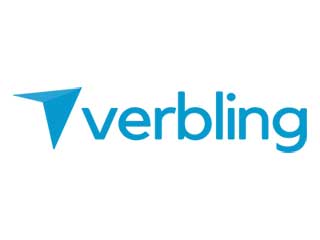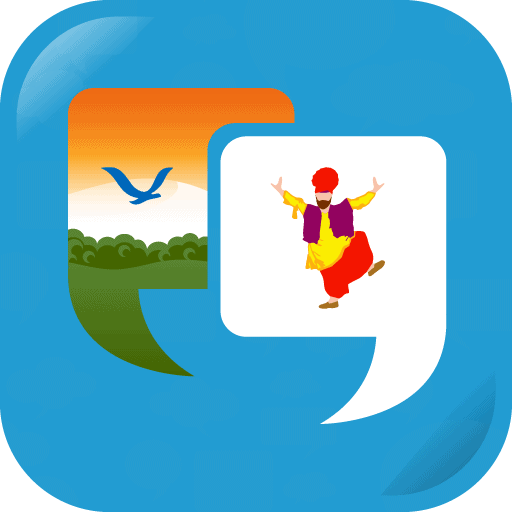Summary
Are you looking for an Indian language learning resource that’s comprehensive and immersive? Well, you’re in luck.
Hindustani Tongue is a language resource that aims to make learning accessible and enjoyable for you. It has comprehensive courses in multiple Indian languages, including Hindi, Punjabi, Bengali, Marathi, Gujarati, Tamil, Telugu, Kannada and English.
Hindustani Tongue offers a comprehensive curriculum that covers all aspects of language learning, including grammar, vocabulary, pronunciation, and cultural context. The courses are carefully designed to cater to all levels. The lessons are offered in video format, either individually or as a group. Whether you’re a beginner or advanced learner, Hindustani Tongue ensures that you find the program that best suits your learning needs and goals. With their structured curriculum, you can track your progress and see tangible results as you advance.
Hindustani Tongue offers lifetime access to their Google Classroom. You’ll have access to a wealth of resources to support your language learning journey. Every class is recorded and uploaded to the Google Classroom, allowing you to review the material at your own pace and convenience. Study materials such as notes, worksheets, and practice exercises are provided for each class, ensuring that you have all the necessary resources to reinforce your learning outside the classroom. You can continue to learn and improve your language skills even after completing the course.
The instructors at Hindustani Tongue are native speakers and bring a wealth of knowledge and experience to the classroom. Their deep understanding of the language, culture, and nuances of communication will provide invaluable insights, support and guidance where needed. They take a personalized approach to teaching, ensuring that you receive individualized attention and support. Whether you’re having trouble mastering grammar, expanding your vocabulary, or improving pronunciation, they’re there to provide assistance and ensure that you make progress and eventually reach fluency. This makes learning easy and enjoyable.
Moreover, the platform provides an immersive learning experience. You’ll be fully immersed in the language you’re studying through the interactive lessons, cultural activities, and real-life scenarios. You’ll experience the rich Indian culture, while at the same time develop practical language skills that you can confidently use in everyday situations. With this approach, you’ll get a deeper understanding and retain more of the language compared to traditional language learning methods.
Although Hindustani Tongue currently offers courses in only 9 out of the 22 official languages of India, it’s still a well-structured and comprehensive learning resource to help you reach fluency.
Exclusive ALR Reader Discount: $20 off with code : ALR20












